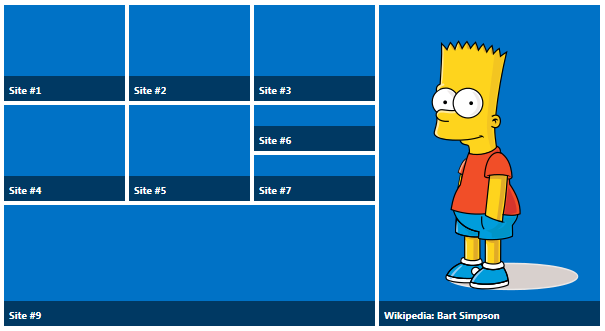I have finally finished the hopefully last BETA of DFFS and vLookup.
The DFFS BETA 3 is compatible with SharePoint 2007, 2010 and 2013, but the BETA 3 of vLookup is for SP2010 and 2013 only. I have not updated vLookup for SP 2007.
Normally, BETA 3 would contain only bugfixes from BETA 2, but I ended up adding a few new features also – like “print” and “email”, a visually brushed-up DFFS backend, and a bit more.
Use the “help icons” in DFFS backend to learn about the new features. See “Documentation” below for more info.
License code handling
The license code has now moved into the DFFS backend configuration (not for the JSLink version).
I have also updated the license code validation to make all versions use the same “format” on the license code.
This mean all but the JSLink version license codes must be updated.
If you have a valid DFFS v4 license you can send me the old license code, and I’ll send you a new one – free of charge.
Please note
I cannot guarantee full backwards compatibility for all older configurations. Please BACK UP your configuration first by going to the Misc tab and Export the configuration to a text file.
This way you can restore your previous version if something did not perform as expected.
Documentation
I have put in a HUGE amount of work in this new version, and as is is long overdue my original release date, I was keen to get it published as soon as I possibly could.
This means I have not been able to update all the documentation for the new version. This will follow – hopefully tomorrow, but here is a few short notes.
Installation of “CEWP” version
(all but the JSLink verson of SharePoint 2013.)
I have now added a folder “CEWP” to the download package. This contains updated versions of the “DFFS_frontend_CEWP.html”, “DFFS_frontend_overlay.html” and “DFFS_backend_CEWP.html”.
The recommended location for all the DFFS files is in a document library named “SPJS” in the root of each site (or in the root of the site collection).
When the solution is out of BETA
You must update your existing CEWP code to use the latest DFFS and plugins from this package. Ideally, you should change all existing CEWP’s in all your forms to point to the new files. This will make future updates easier to manage as all files has it’s designated location.
Special focus points for testing
The one point I’m most keen to get reports on, is large lists with a lot of rules. I have changed the trigger handling part of the code, and hope it has become more efficient. If you find your form using a long time to load, please consider reworking the rules, and utilize the new functionality to “Stop if this rule = true, and jump to” functionality on the triggers.
You can also control the “reversing” for each individual rule to prevent unnecessary processing of “reversed rules”.
Questions and feedback
Use the forum for all issues with general interest. If you don’t already have an user account, you find instructions in the sticky post in the top of the forum.
Best regards,
Alexander
Like this:
Like Loading...
